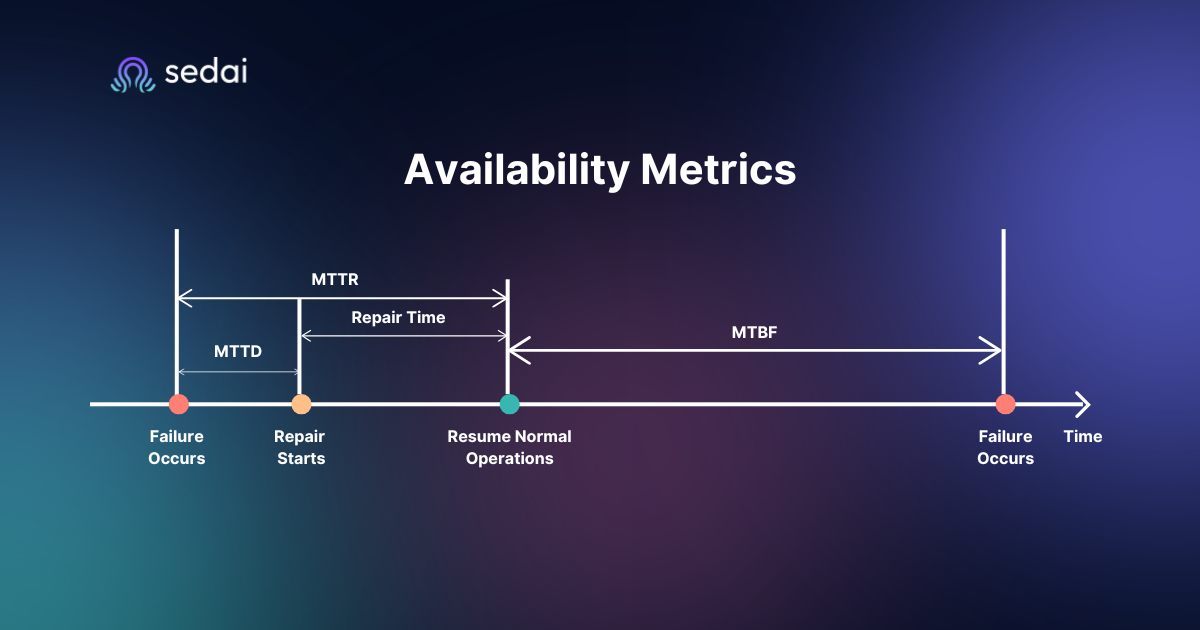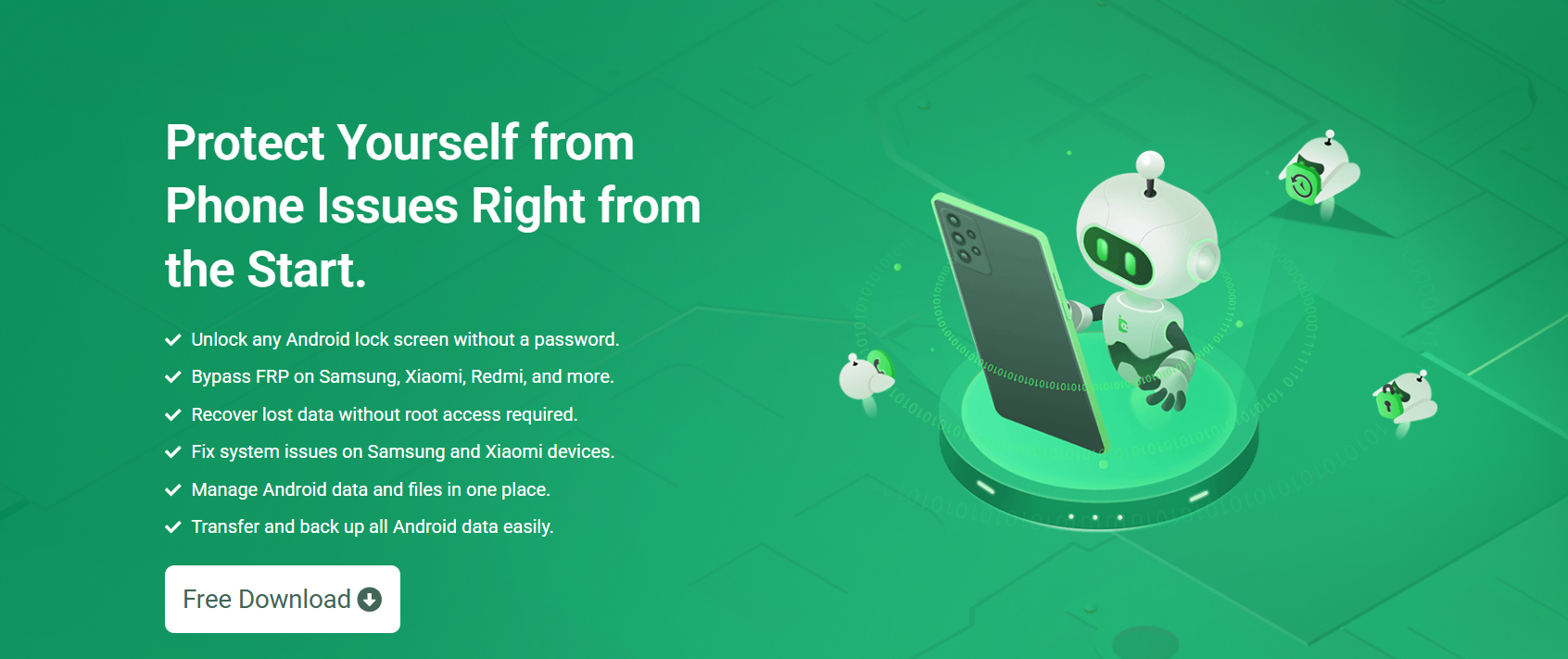From Downtime to Uptime: How Backup Monitoring Halves Recovery Time

Downtime is every company’s worst fear. Having even a minute of downtime means lost revenue and productivity. Gartner estimates the cost of IT downtime at $5,600 per minute. But for big businesses, it’s much higher.
That’s why monitoring backups is crucial. It makes backups always recoverable on the fly, safe, and up to date. Through monitoring their health and integrity on a regular basis, organizations minimize recovery by half and transition from downtime to uptime earlier.
Let’s see how backup monitoring shortens recovery time by as much as half.
Why Does Downtime Matter?
Downtime was previously a technical inconvenience. Today, it’s a business risk. Businesses face the following issues in the event of downtime:
- Revenue Disruptions: Web shops are unable to process transactions, service providers cannot provide SLAs, and financial institutions cannot settle trades.
- Customer Frustration: Users expect 24/7 access. Any outage will drive them to competitors.
- Regulatory Fines: Healthcare, finance, and government sectors are subject to strict uptime and data security standards.
- Reputation Damage: Prolonged downtime shatters confidence and causes extended brand harm.
The Problem with Traditional Backups
The majority of organizations are still employing the “set it and forget it” approach to backups. Data is being stored, typically offsite, and only occasionally tested as part of disaster recovery exercises. Regrettably, this reactive process has some serious flaws:
- Silent Failures: Silent failures occur when backups fail without anyone realizing it until they’re needed for recovery.
- Old Versions: In case the latest backup was weeks earlier, important data might be lost.
- Slow Recovery: Without monitoring, businesses find out too late that recovery will take hours or even days.
- Unvalidated Integrity: Incomplete or failed backups may render recovery uncertain.
Steps in Backup Monitoring
Monitoring backups does make a difference by giving real-time visibility into the status and health of all backups across an organization. Instead of depending upon backups to function when needed most, monitoring allows for:
- Immediate Notifications: IT personnel get notified instantly in case a backup job fails or generates errors.
- Verification of File Integrity: Automated processes verify that files are intact and can be used.
- Performance Monitoring: Monitoring solutions monitor recovery performance so that RTO targets are within reach.
- Compliance Monitoring: Reports and logs provide proof for audits and regulatory requirements.
This proactive measure greatly increases the likelihood of smooth, rapid recovery in the event of outages, cyberattacks, or accidental data loss.
Why Backup Monitoring Cuts Recovery Time in Half
Here’s a closer inspection of the processes involved with faster recovery through backup monitoring:
Preemptive Problem Resolution
If backups are not being watched, IT staff will not even know they have failed or partial backups until there is a disaster. By that time, too late to fix. Monitoring allows teams to detect and fix problems before they affect recovery, shortening troubleshooting time significantly.
Optimized Recovery Paths
Monitoring software tracks which backup versions are the healthiest, latest, and quickest to recover. Instead of wasting time testing out a handful of copies, IT can immediately choose the quickest road to recovery.
Automation and Orchestration
Disaster recovery automation tools are merged with recent backup monitoring. In case failure has occurred, automated scripts will initiate recovery jobs in real-time, minimizing delay caused by human intervention.
Reduced Data Loss Windows
Regular monitoring ensures backups are finished on schedule and keeps track of recent data. So, businesses don’t waste time re-creating or rebuilding misplaced papers; recovery is easier and faster.
Continuous Testing
Some monitoring programs mimic recovery scenarios on a continuous basis. This ensures systems are “recovery-ready” at all times, cutting down time spent in real situations by half.
Main Features to Look for in Backup Monitoring Solutions
If your organization is considering adopting backup monitoring, prefer solutions with:
- Centralized Dashboard: See all backup infrastructures at one dashboard (cloud, on-premises, hybrid).
- Real-Time Alerts: Get alerts through email, SMS, or ITSM tools.
- Detailed Reporting: Performance, compliance, and trend information.
- AI-Powered Predictions: Predict potential failure before it happens.
- Integration Options: Integrates easily with your existing backup and disaster recovery software
Best Practices for Success
Even the best backup monitoring tools need proper procedures to gain maximum advantage. Practice these:
- Set RTO and RPO Goals: Define how soon you must recover and how much data loss is acceptable.
- Automate Where Possible: Use automation to reduce human intervention.
- Test Regularly: Simulate outages to verify that monitoring and recovery are functioning properly.
- Train Your Personnel: Make sure personnel are able to read monitoring telemetry and respond quickly.
Conclusion
If your organization still treats backups as an afterthought, then it’s time to rethink. Start investing in monitoring. This will help you protect your data, safeguard your business, and help you turn downtime into time well-spent on productive tasks.



